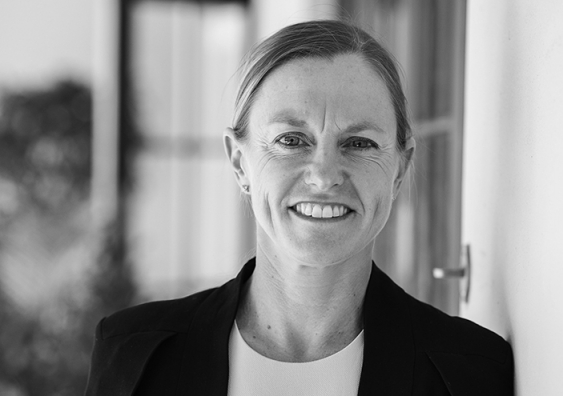JobKeeper payments: can we trust employers to do the right thing?
A UNSW Economics expert examines flaws in the JobKeeper scheme and explains what should be done.
A UNSW Economics expert examines flaws in the JobKeeper scheme and explains what should be done.

Ebony Stansfield
Media & Content
0434 904 669
e.stansfield@unsw.edu.au
The $1500 a fortnight JobKeeper Payment to allow businesses to continue paying employees will bring much-needed relief across Australia, but doesn’t come without its flaws, says Raja Junankar, Professor of Economics at UNSW Business School.
Legislation for the payment is expected to be approved by a special one-day sitting of federal parliament this week, offering businesses significantly impacted by the coronavirus outbreak access to funding to support employees.
The intent is to position businesses to reactivate their operations as soon as possible, without having to rehire staff, when the COVID-19 situation begins to improve.
“It's a good idea to add this payment to keep workers with employers because when and if the economy picks up, they will have a stable labour force to work and increase their production later on,” Professor Junankar says.
The federal government expects up to 6 million people to access the wage subsidy, although Professor Junankar believes two significant groups have been excluded from the scheme.
The scheme excludes casual workers who have not been with the employer for at least one year (as at 1 March 2020). Many of the workers in the affected areas may have short-term hires or casual workers who are not covered.
Employees who are on temporary migration visas are also excluded from this scheme.
Employers (including non-for-profits) will be eligible for the subsidy if:
Employees will be eligible for the subsidy if they are:
“These are people who are now essentially stuck in this country because they can’t go back to where they came from.”
Professor Junankar also has concerns if employers will do the right thing regarding wage payments.
“How do we know that the workers will actually get paid the full amount of $1500 and that they won’t get pushed out after that time?” he says.
He questions whether firms which are eligible will be monitored thoroughly by the Australian Tax Office to make sure of this and suggests that Fair Work Australia should be involved.
He believes the rules surrounding the scheme should be tightened, so workers get paid their wages and remain employed.
He suggests adding a condition so that employers could not be pushed out “say, six months after the subsidy ends”.
“The subsidies would actually be useful for society, not just for the employers or the firms.”
From what Treasury has released, it is also not clear whether the firms would pay superannuation for relevant workers, he says.
“Many of these workers are not necessarily on high rates of pay, so this evaluation is likely to be not very good in the long run anyway, and if they have a complete break during this COVID-19 crisis they would be even worse off in the future,” he says.
Unfortunately, Professor Junankar says, this scheme won't save the economy from a recession.
“We are probably already in a recession and these payments don’t come through until May – which means we still have some time before people would get income in their pockets.”

Professor Kristy Muir, the CEO of the Centre for Social Impact and a Professor of Social Policy at UNSW Business School
CEO of the Centre for Social Impact (CSI) and a Professor of Social Policy at UNSW Business School, Kristy Muir, says it is important to ensure the JobKeeper scheme is only for those businesses and charities who need it and certain conditions must apply.
This includes considering different business models.
“Many charities and not-for-profits in Australia are already significantly struggling with cash flow and revenue streams because of underfunded services, cross-subsidisation and a culture where donors don’t want to pay for overheads,” Professor Muir says.
Some charities may collapse before they can demonstrate that they have already lost enough of their revenue base to satisfy the government threshold, she says.
“Many have different business models, for example, ‘lumpy’ funding via grant payments, rather than a steady revenue stream through service provision, which could put them at risk,” she says.
Professor Muir emphasises the fact that charities and not-for-profits touch almost every aspect of our lives.
“Think about health, education, childcare, aged care, disability care, supporting people in poverty or distress, religion, culture, leisure, sport and community groups,” she says.
“We cannot afford socially or economically for this sector to collapse.”